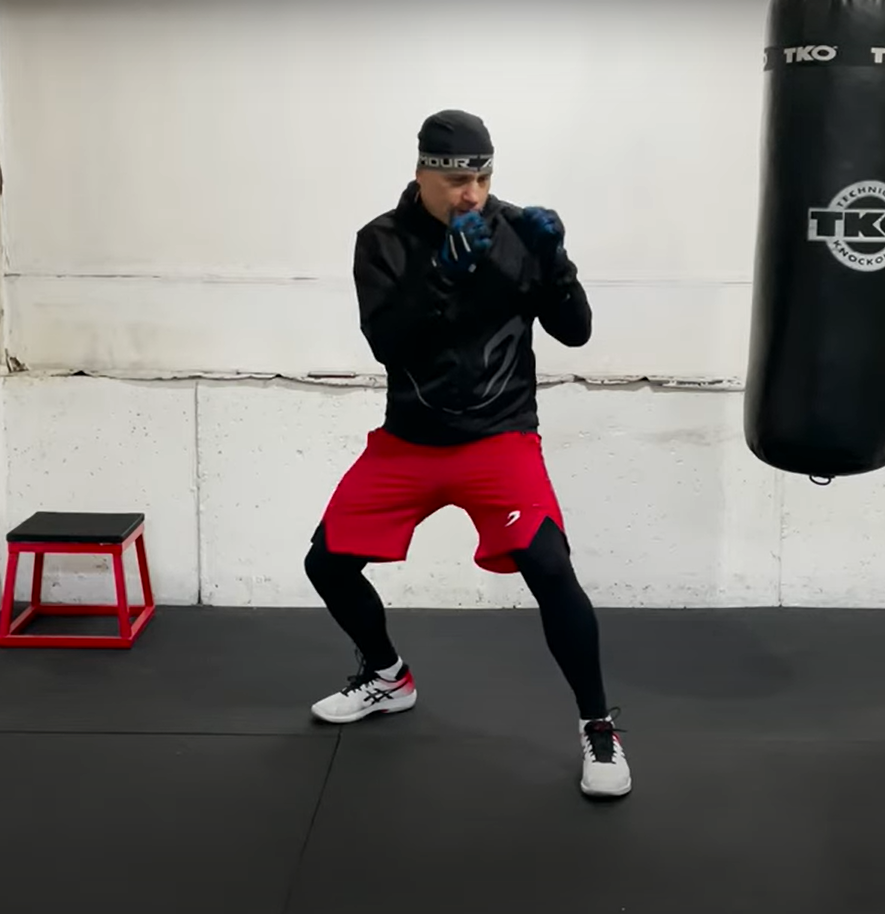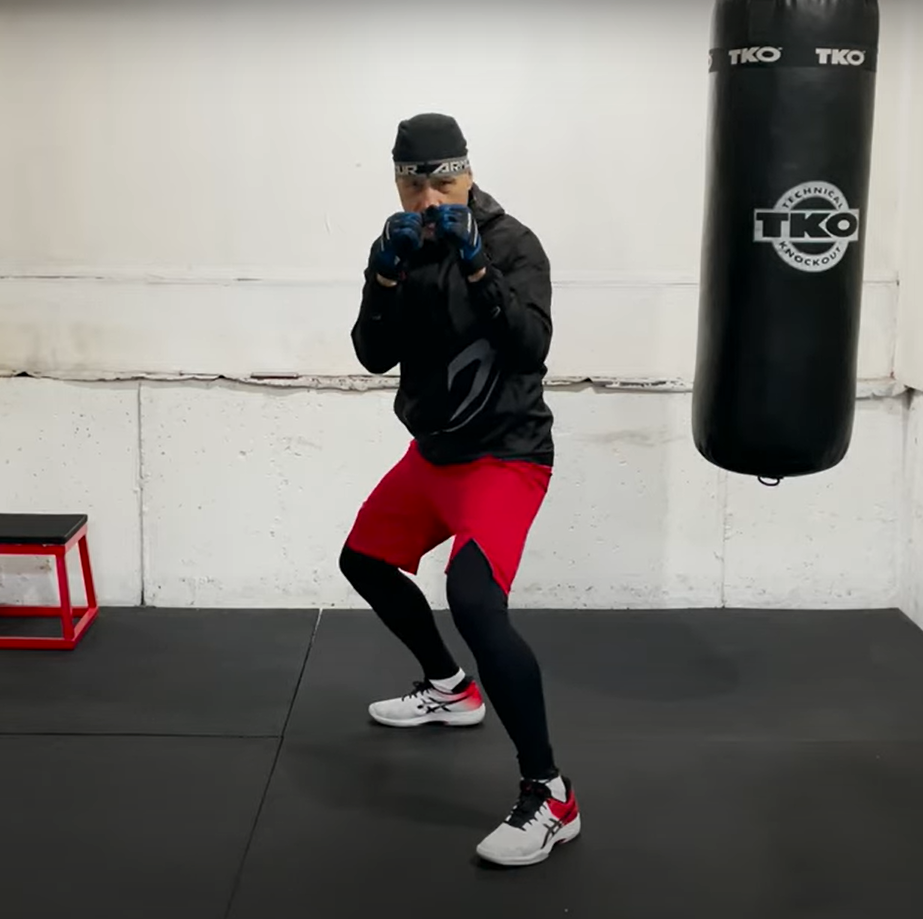For anyone starting their boxing journey, learning the basic boxing stance is crucial. The boxing stance forms the foundation for every punch, defensive movement, and strategic advance in the ring. By perfecting your posture and positioning, you gain balance, power, and mobility, which are essential in every match or training session. This article will guide you through the essentials of the boxing stance for beginners, explaining the difference between the orthodox and southpaw stances, and discussing variations in positioning, such as a wider stance versus a more bladed stance.
The Essentials of a Basic Boxing Stance
In the basic boxing stance, your body should be in a position that maximizes protection while maintaining offensive capability. Here’s how to break down the key elements of an ideal stance:
- Foot Position: Your feet should be shoulder-width apart, with your dominant foot placed slightly behind. If you’re right-handed (orthodox stance), your left foot will be forward, and if you’re left-handed (southpaw stance), your right foot leads.
- Weight Distribution: Your weight should be evenly distributed across both feet, with a slight bend in the knees. This posture ensures balance and the ability to shift your weight easily for punches or defensive moves.
- Hand Placement: Both hands should be raised to guard your face. The lead hand (the one on the side of your leading foot) stays slightly forward to set up jabs, while the rear hand is positioned near your chin for powerful cross punches.
- Elbows and Shoulders: Keep your elbows close to your body to protect your ribs, and your shoulders should be slightly rolled forward to shield your chin.
- Chin and Eyes: Keep your chin tucked down to protect against incoming punches, and keep your eyes focused on your opponent, scanning for openings and threats.
Orthodox vs. Southpaw Stance
The primary difference between the orthodox and southpaw stance lies in which foot is forward and which hand leads:
- Orthodox Stance: The orthodox stance is most commonly used by right-handed fighters. In this stance, the left foot leads, and the left hand is used for jabs while the right hand delivers power punches. This stance is known for its defensive strength and versatility, as it naturally protects a right-handed fighter’s dominant side.
- Southpaw Stance: Southpaw fighters, typically left-handed, lead with their right foot and right hand. This stance can present unique challenges for orthodox opponents because the southpaw’s punches come from unexpected angles. However, it also means southpaws are more vulnerable to right-hand strikes from orthodox fighters.
Wider Stance vs. Bladed Stance
Boxers may choose between different variations of the basic boxing stance depending on their fighting style and strategy. Two common variations are the wider stance and the more bladed stance:
- Wider Stance: A wider stance involves placing your feet farther apart, which can provide better balance and a stronger base for powerful punches. This stance allows for greater stability, especially when absorbing punches. However, the drawback is a potential reduction in mobility, making it harder to pivot or move quickly around the ring.
- Bladed Stance: A bladed stance, where your body is turned more to the side, offers the advantage of presenting a smaller target to your opponent. This stance increases your ability to dodge or slip punches, improving your defensive maneuvers. On the downside, this stance might limit your punching power and make it more challenging to maintain balance when throwing heavy punches.
Choosing the Right Stance for You
For beginners, starting with a neutral stance that isn’t too wide or too bladed is typically best. As you gain experience, you can adjust your stance to match your fighting style. If you prefer aggressive power-punching, a wider stance may suit you. If you rely more on speed and evasion, a bladed stance might be ideal.
Conclusion
Mastering your boxing stance is the first step toward becoming a well-rounded fighter. Whether you’re training in an orthodox or southpaw stance, and whether you prefer a wide or bladed position, the key is finding the balance that allows you to defend, move, and attack effectively. Remember, the foundation of great boxing begins with the stance!
About the Author: Jason Van Veldhuysen
Jason Van Veldhuysen has been coaching boxing for the past 20 years and has been an online boxing coach for the past 15 years. He is the founder of the Precision Striking Youtube Channel (over 1 million subscribers), as well as the founder of the Precision Striking Membership, an exclusive program that helps fighters train to their highest levels while refining their boxing skills and technique. With years of experience as an amateur boxer and a passion for teaching, Jason specializes in footwork, combinations, and drills that elevate a boxer’s overall game. Known for his clear and practical training methods, Jason has helped boxers at all levels—from beginners to competitive fighters—reach their full potential.


